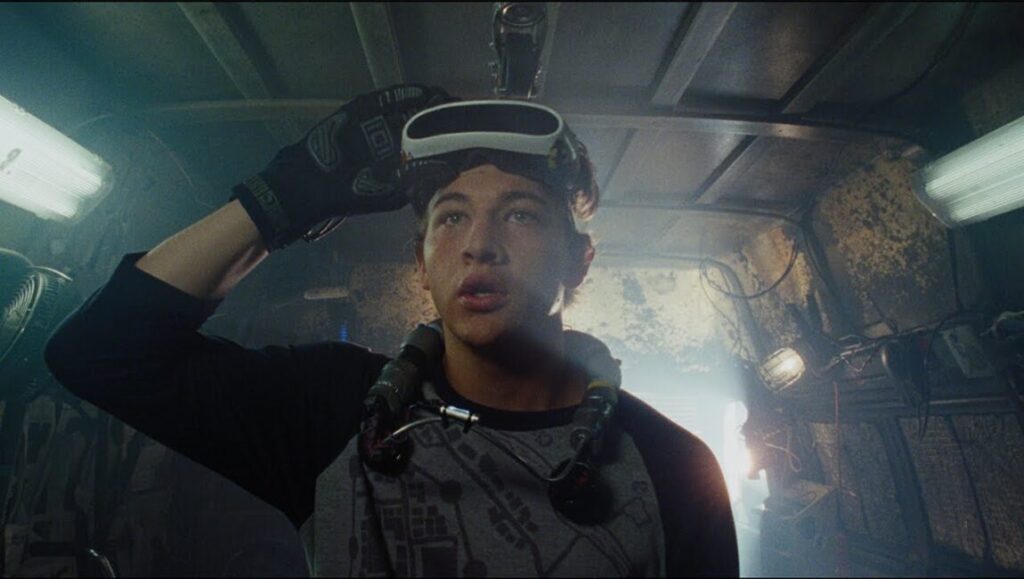Now that the dust has settled and the hype machine has moved on to newer, bigger spectacles, let’s examine the reception of Steven Spielberg’s Ready Player One. Neither a runaway success nor a financial disaster, the film seems to have found the limits of a certain kind of nostalgia marketplace. The original novel has, by some accounts, had its popularity tarnished by the ensuing push-back against toxic masculinity in nerd culture — and that’s the biggest problem with Spielberg’s film, too. Ready Player One is yet another white male fantasy, and in our current era, with its push for more inclusivity and more women and minority voices, that just isn’t good enough. The film attempts to counteract this by introducing multiple female characters, including a woman of color — but if its treatment isn’t tokenism at its worst, it’s pretty close. So if one was to ask, ‘Who is this movie made for?’ The answer would be, ‘For Caucasian guys pushing 40, steeped in a certain kind of pop culture’ — guys like this writer. And in a very real sense, the movie worked on me: There’s a sense of ‘recognition,’ of feeling that something has been tailor-made to a certain set of likes and interests. Isn’t that the power of nostalgia? Which begs the question, what if you’re the kind of person who isn’t nostalgic for the specific era referenced (mostly the 80’s)? For those people, Spielberg at least keeps Ready Player One moving at a fantastic clip, and uses his technical prowess to paper-over a lot of issues, in the moment. But that’s only until the rush wears off, and one has time to reflect on what they’ve seen.
Neither a runaway success nor a financial disaster, Ready Player One seems to have found the limits of a certain kind of nostalgia marketplace.
One set piece in Ready Player One, which involves hundreds of cars racing through a digital Manhattan Island and dodging a T-Rex and King Kong, is one of Spielberg’s best, a thrilling and visceral display even despite being set in an entirely virtual space. Spielberg doesn’t attempt to map out the space so much as he keeps the camera behind one car, letting us experience the vehicular mayhem from a certain point of view. Once our protagonist, Parzival (Tye Sheridan), has figured out how to beat the race (by going in reverse, how’s that for a metaphor about refusing to grow up?), Spielberg replays scenes we’ve already witnessed from a different perspective, pulling back the curtain on the spectacle in a way. But this scene takes place early in the movie, and despite the inclusion of another elaborate homage sequence later on, it’s basically the high point of Ready Player One. Throughout much of the rest of the film, there’s no modulation, no sense of how a narrative flows; Spielberg keeps the thing lurching from set piece to set piece, not unlike his Saving Private Ryan. Maybe this shouldn’t be a deal breaker, since a lot of blockbuster cinema functions the same way. But like much of the pop culture that Ready Player One is referencing, once the visceral thrill wears off, there’s not much left to think about. And once Spielberg moves from movie references to old Atari video games, it was easy for this writer to check out — after all, I was no longer the demographic being catered to.


Comments are closed.